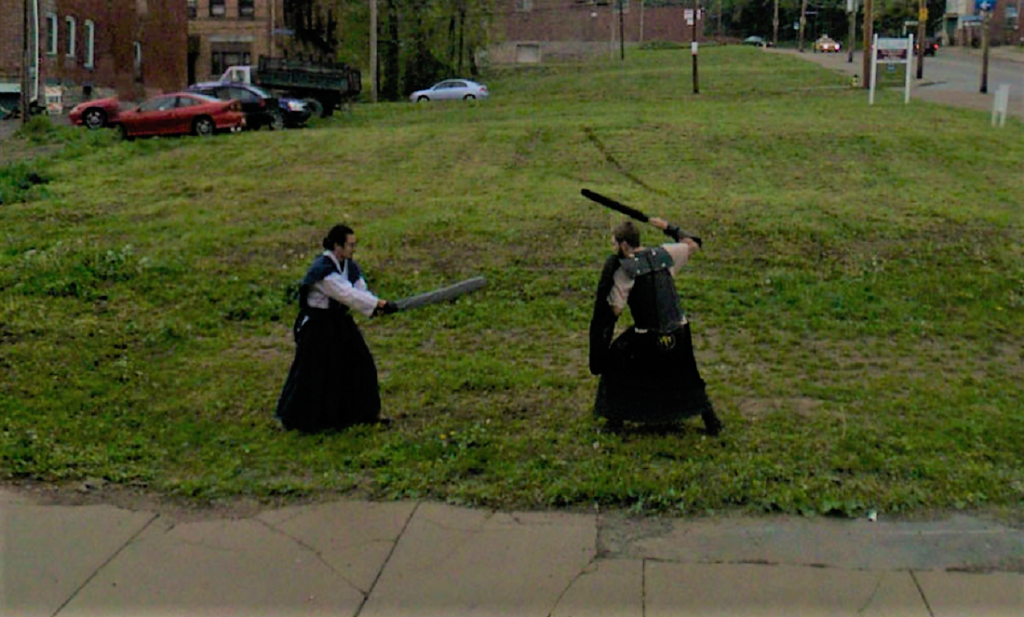Autonomous vehicles, or AVs for short, are being trialled around the world. They offer a whole heap of potential benefits to humanity, from reducing road fatalities, lowering fossil fuel emissions and decreasing commute times.
But here’s something you probably haven’t thought about. If you were freaked out by the Cambridge Analytica scandal, wait until you hear this.
You know how your phone, digital devices and social media are able to collect all sorts of personal information about you? You may be surprised to learn that AVs take this data collection to the next level. AVs work by collecting and storing information about the world in a way that puts social media to shame.

AVs work by collecting and storing information about the world in a way that puts social media to shame.
Surveillance machines?
AVs use a whole bunch of sensors—including cameras, GPS and lidar—to ‘see’ the world, navigate and avoid obstacles.
This also means a huge amount of data is being collected by these sensors. Think something like those cars Google uses for Google Street View, but on steroids.
“[The data collected] could potentially cover everything about what the car and its occupants are doing,”says Matthew O’Leary, an AV expert and Senior Associate at Herbert Smith Freehills.
“To give some broad examples, you have vehicle data (tracking, performance monitoring, maintenance reports etc.), traffic and mapping data (traffic flows, navigation aids etc.) and driver data (use, driving habits, locations visited etc.).”
Matthew, who has become one of Australia’s go-to experts around the legal implications of AVs, has also been advising the RAC in their autonomous bus trials.
“To give an indication of scale [of data collected], it was estimated that, in 2012, the average American consumed about 650MB of data per day,” Matthew said. “This can be compared to a single automated vehicle, which is estimated to produce 750MB of data per second.”

“[The data collected] could potentially cover everything about what the car and its occupants are doing”
Data — the new oil
To give you a sense of the scale and potential social impact of this data, consider that McKinsey recently predicted that this AV data could be worth as much as USD750 billion by 2030.
There’s a reason this data is so valuable. It’s used to influence everything from what we buy to even how we vote. It’s why data is being called the new oil.
With Curtin University and RAC both trialling autonomous shuttle buses, the future is already here for AV data collection in WA. As humans on the forefront of the potential AV revolution, how we protect and manage our privacy and data in this new age is something we need to be discussing and deciding right now—especially if we want to avoid the mistakes we made in the past.
Caught on AV cam
When social media was first becoming mainstream, it created a number of nasty surprises for people. We had to learn how to navigate a world where our private lives were now public, where we could get fired for things we posted on social media.
So how might things change in a world with AVs everywhere?
Coming back to the Google Street View analogy, with cars driving around covered in cameras, a whole host of embarrassing and illicit situations could be recorded and used for purposes we can’t even yet imagine.
And some we can.
“One is the potential for insurers to want to access data on how an automated vehicle is used (how many kilometres are driven, when the vehicle is driven etc.) to help set their insurance premiums more accurately,” Matthew said.
“Another is the potential for the ATO to want to access the same data to cross-reference against tax deduction claims.”
Laws of the future
One of the challenges in ensuring that the way AV data is used is good for everyone is lack of tailored legislation.
“The primary source of privacy protection in Australia is the Privacy Act 1988 (Cth) and the equivalent legislation in most States and Territories,” Matthew said.
“[These laws] aren’t tailored to cater for the specific issues that arise in the context of automated vehicles or other emerging technologies.”
For Matthew, the key issue is giving people the power to balance convenience with privacy.
“As a general rule, people are concerned about protecting their privacy and get anxious when there are privacy breaches. But they are also keen for their lives to be made easier for them and for companies to be able to provide them with a more tailored service. That’s a trade-off most people are willing to make, at least to a certain degree.”
“As a minimum, we need to ensure that there are appropriate limits on the use of such data and safeguards in place to protect the security of that data.”
The good thing is that mainstream, widespread adoption of AVs is probably at least 10 years away. This means we have the opportunity now to ensure that the way we adopt AVs is positive, safe and secure for all.











